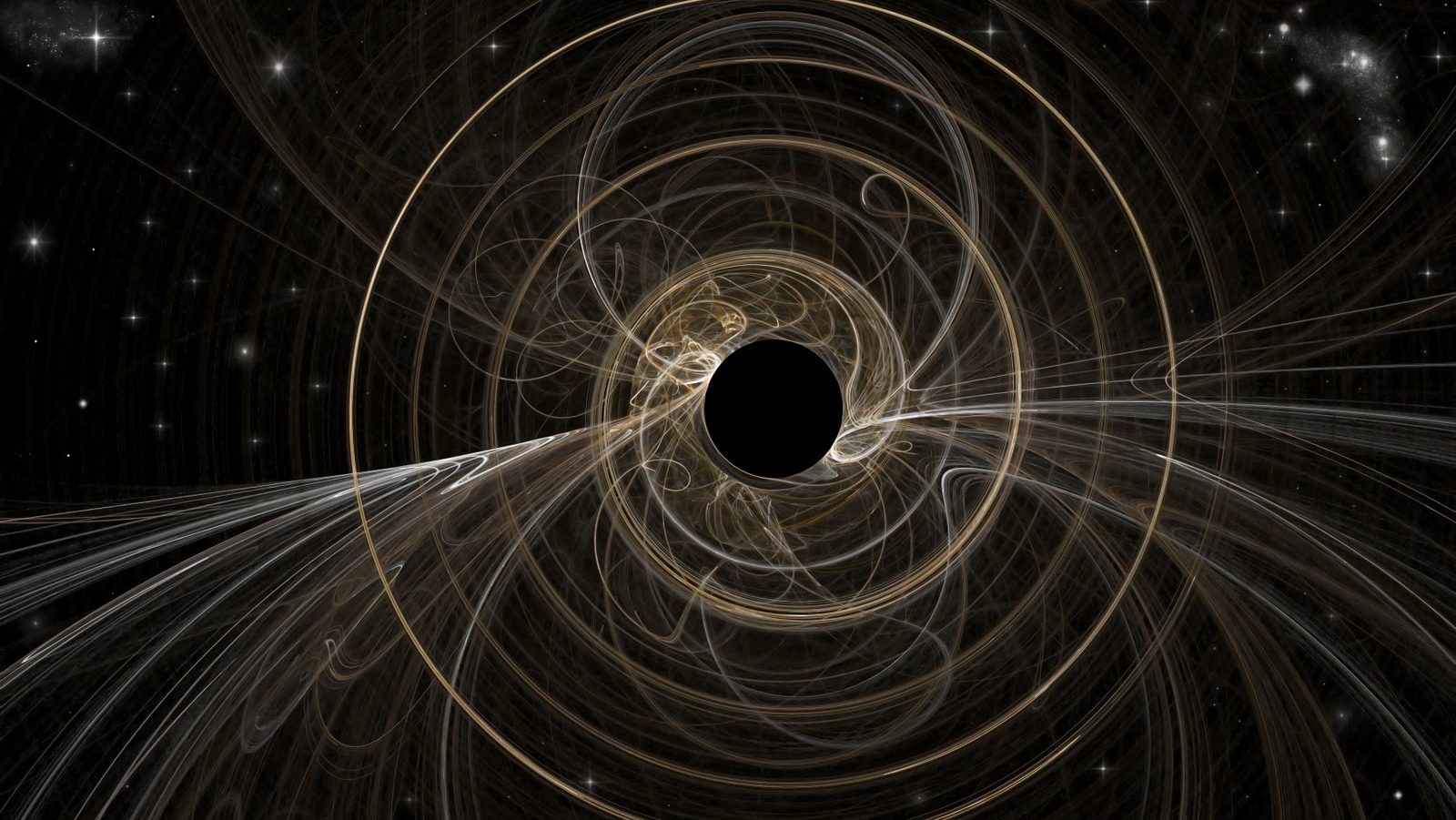Gravitational wave researchers discovered a very unusual merger of black holes 2.4 billion light-years away. They spotted a collision where one black hole was almost four times larger than another, expanding our understanding of such space cataclysms with help from Einstein (and even Elvis).
All mergers detected previously involved partners of comparable sizes. The event detected on April 12th, 2019 was called “exceptional” by Maya Fishbach, an astrophysicist at the University of Chicago in Illinois. What she and her colleagues found proves that very unevenly matched black hole pairs exist. “This is the first event in which we can confidently say the mass-ratio is not one,” she stated during an online meeting of the American Physical Society.
The research was carried out in collaboration between the Laser Interferometer Gravitational-Wave Observatory (LIGO) — twin detectors in Washington and Louisiana — as well as the Virgo observatory near Pisa, Italy. They both detected the merger. One of the black holes observed was 30 times more massive than the sun and was spinning, said the scientists, while the other had a mass about eight times that of the sun.
In an amusing note, the scientists say that the very different masses created gravitational waves at multiple frequencies, which were actually in harmony with an Elvis Presley song. This cosmic music also confirms yet again Einstein’s theory of general relativity.
Normally, two spiraling black holes of the same size would emit a single frequency, which would be double the rate at which they are orbiting one another, explains Science Magazine. In this case, as predicted by Einstein, the very different masses, also produce overtones – weaker waves at higher frequencies. And if you were to transpose these frequencies to piano notes and intervals, you would get the beginning of Presley’s classic “I Can’t Help Falling in Love with You.”
The scientists hope that this uniqueness of the detected event could help provide more information about how black holes form. Of special interest is how the variation in mass could have arisen. Under one scenario, the pair could be the result of two massive stars who were orbiting each other, collapsing into black holes. Under another theory, the black holes could have formed independently and found each other in dense star clusters.
You can read more of the new findings on the arXiv preprint server.





